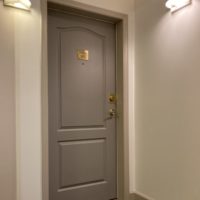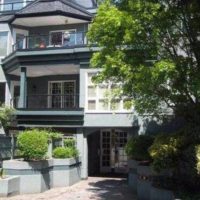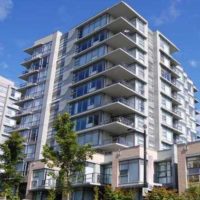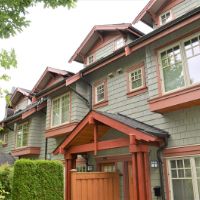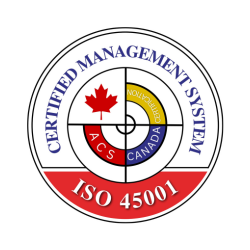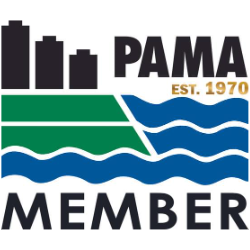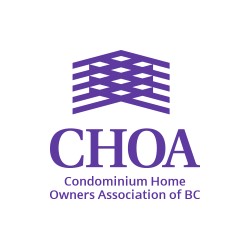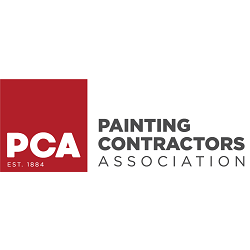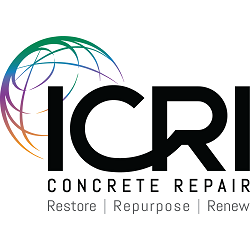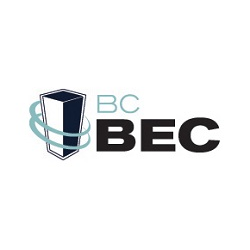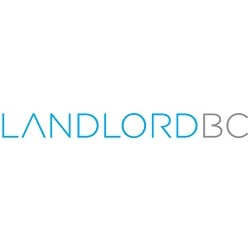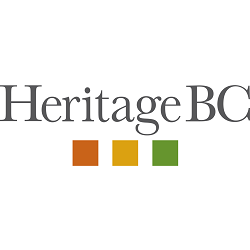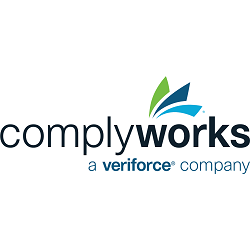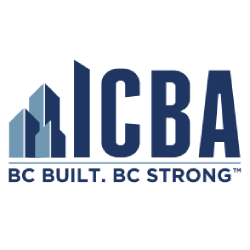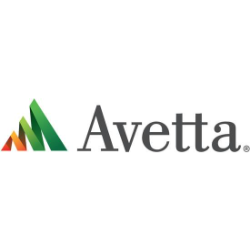Summary
If your building is over 40 years old, watch for concrete damage like cracks, rust stains, or water intrusion, especially on balconies and in parkades. In Metro Vancouver, moisture and freeze-thaw cycles speed up deterioration.
Concrete restoration includes damage assessment, rebar treatment, surface repair, and waterproof coatings. Targeted work like crack injection and joint replacement helps protect vulnerable areas and prevent costly repairs.
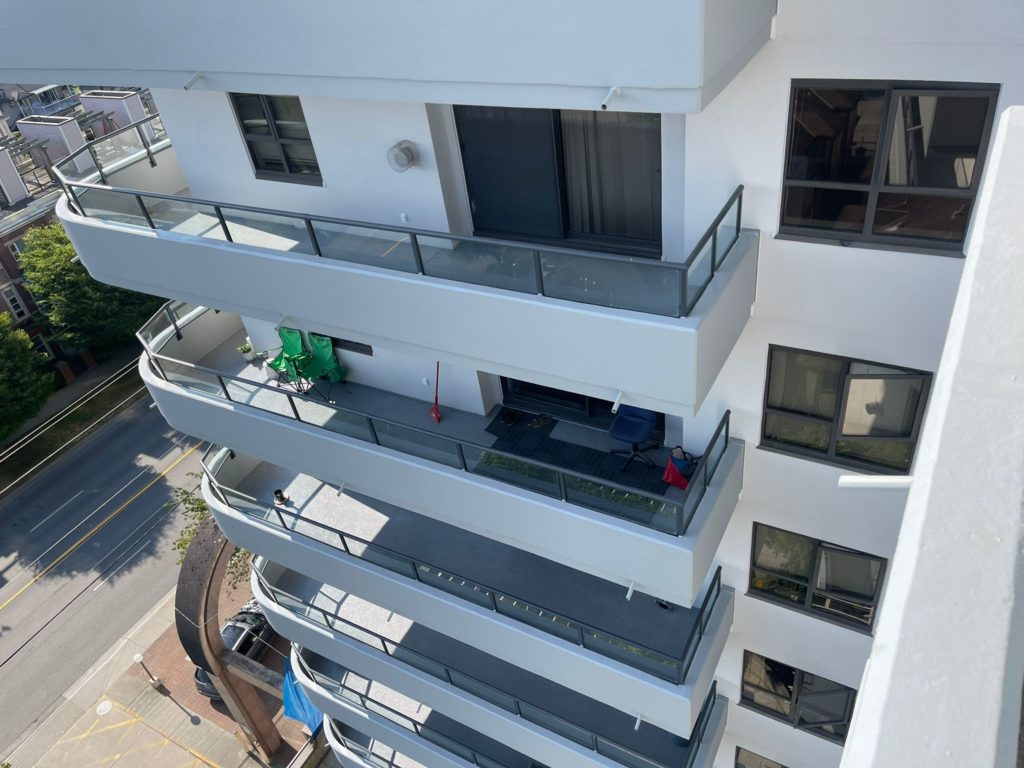
Why Concrete Restoration Matters
Many buildings across Metro Vancouver were built during the real estate boom of the 1970s and 1980s. These aging concrete structures are now reaching the point where proactive maintenance is critical. With nearly 50% of the region’s strata buildings over 40 years old, concrete deterioration is becoming increasingly common and costly when left unaddressed.
Concrete is the backbone of many commercial and high-rise buildings across Metro Vancouver. Over time, exposure to moisture, freeze-thaw cycles, de-icing salts, and general wear can lead to surface cracks, spalling, corrosion of embedded steel, and compromised structural integrity. Left unchecked, these issues not only reduce your building’s lifespan but also impact safety and curb appeal.
This guide outlines the key aspects of concrete restoration, helping strata councils, property managers, and building owners understand how to recognize deterioration and respond with effective solutions.
Signs Your Building Needs Concrete Repairs
Concrete issues often start small but worsen rapidly, especially in Vancouver’s wet, coastal climate. Moisture penetration combined with freeze-thaw cycles can trigger surface degradation, especially in buildings with aging waterproofing or inadequate past maintenance.
Routine inspections and resident feedback can help detect early warning signs of concrete failure. Look for:
- Cracked or flaking concrete (spalling)
- Rust staining or exposed rebar
- Water infiltration or stains on balconies and parkades
- Hollow-sounding areas when tapped
- Uneven or damaged surfaces on walkways, stairs, or parkade decks
If you notice any of these issues, professional evaluation is essential to determine the extent of the damage and the right repair approach.
Key Elements of Concrete Restoration
1. Condition Assessment & Engineering Review
Concrete repairs often begin with a detailed site review and consultation with a building envelope or structural engineer. This ensures repairs are tailored to the building’s design and deterioration pattern.
2. Removal of Damaged Concrete
Using tools like chipping hammers or hydro-demolition, deteriorated areas are carefully removed to expose sound concrete and corroded reinforcement.
3. Steel Reinforcement Treatment
Exposed steel rebar is cleaned of rust and treated with corrosion-inhibiting primers to extend its service life.
4. Repair & Resurfacing
Specialty concrete repair mortars or epoxy products are applied to restore the surface profile. In some cases, entire sections may require new concrete pours.
5. Protective Coatings & Waterproofing
After repairs are complete, it’s essential to protect the restored surfaces to prevent repeat deterioration. Application of elastomeric paint or membrane coatings can significantly extend the life of concrete components. These systems act as moisture and chloride barriers while offering aesthetic renewal, which is particularly valuable on balconies and exposed walls in high-rises.
Painting restored concrete is not just a finishing touch. It seals porous surfaces, reduces water ingress, and provides UV resistance. Regular maintenance painting ensures these benefits are retained over time. To prevent future damage, restored areas are sealed with elastomeric coatings or membrane systems designed to withstand water, UV, and de-icing salt exposure.
Concrete Repairs in Parkades and Balconies
Underground parkades and exposed balconies are especially vulnerable to water and chloride damage. Remdal’s crews are trained in:
- Crack injection
- Expansion joint replacement
- Slab edge repairs
- Re-sloping and water management improvements
These targeted repairs improve drainage, extend the life of the structure, and increase user safety.
How Remdal Delivers Lasting Concrete Restoration
With decades of experience across commercial, high-rise, and strata buildings, Remdal provides reliable concrete restoration services tailored to your property’s unique needs. We collaborate with engineers, communicate clearly with councils, and use skilled in-house crews to ensure every repair is done right and completed properly the first time.
Balcony Membrane Renewal
Balconies in aging buildings are prone to water ingress and surface degradation. Our balcony membrane renewal services include removing old membranes, making necessary concrete repairs, and installing new waterproof systems that preserve the structural integrity of your balconies. Decorative options are available to enhance the appearance.
Caulking & Sealant Replacement
Failed or aging sealants can allow water to penetrate into concrete joints and structural elements. Remdal provides expert caulking and sealant replacement to ensure that your building envelope remains watertight and protected against the elements.
Exterior Painting
Once repairs are complete, our exterior painting crews apply high-performance coatings to enhance appearance and provide essential protection. These coatings are key in preventing future moisture intrusion and UV damage.
Parkade Repairs
Heavily used parkades often show early signs of wear. Our team can complete concrete restoration in parkade areas, including joint replacement, re-sloping for proper drainage, and application of protective coatings to improve durability.
Building Envelope Renewals
Comprehensive building envelope renewal combines structural repairs, waterproofing, sealant work, and coatings to give your building a complete exterior refresh. Remdal coordinates these scopes with engineers to ensure a seamless and long-lasting result.
Whether you need small targeted repairs or part of a larger building envelope renewal project, our team is ready to help you protect and restore your investment.
Your Project. Done Right.
FAQ: Concrete Restoration Guide for Aging Buildings
Concrete restoration is essential because many buildings in Metro Vancouver were built during the 1970s and 1980s and are now showing signs of deterioration. These aging structures face issues such as spalling, rusting rebar, and moisture penetration due to decades of exposure to weather and lack of maintenance. Proactive concrete restoration helps maintain structural integrity, safety, and visual appeal while avoiding costly future repairs.
Early signs of concrete deterioration include cracking or flaking surfaces, rust stains, visible or exposed rebar, water stains on balconies and parkades, hollow sounds when tapping concrete surfaces, and uneven or damaged walkways or stairs. These symptoms indicate potential structural damage and should prompt a professional assessment to determine the appropriate repair strategy.
Concrete restoration typically starts with a condition assessment and engineering review to identify problem areas. Damaged concrete is then removed to expose the underlying structure. Corroded rebar is cleaned and treated, and repair mortars or epoxy products are applied to restore surfaces. Finally, protective coatings or waterproof membranes are installed to seal and protect the repaired areas from moisture, UV rays, and further deterioration.
Balconies and underground parkades are particularly susceptible to moisture and chloride damage. Restoration in these areas includes crack injection, slab edge repairs, replacement of expansion joints, and improvements to slope and water drainage systems. These repairs help improve safety, extend the structure’s lifespan, and reduce water-related deterioration.
Balcony membrane renewal involves removing old or damaged waterproof membranes, repairing the underlying concrete, and installing new systems that prevent water ingress. This process is crucial to protect the building’s structure and ensure the longevity of balconies in older buildings.
Parkade repairs include replacing worn joints, re-sloping surfaces for better water drainage, and applying protective coatings to resist wear from traffic and environmental exposure. These improvements increase durability and safety in high-use areas.
A complete building envelope renewal involves structural concrete repairs, application of waterproofing systems, sealant and caulking work, and exterior painting. Remdal coordinates with engineers to deliver a unified and durable solution that refreshes the exterior and protects the building from future damage.

